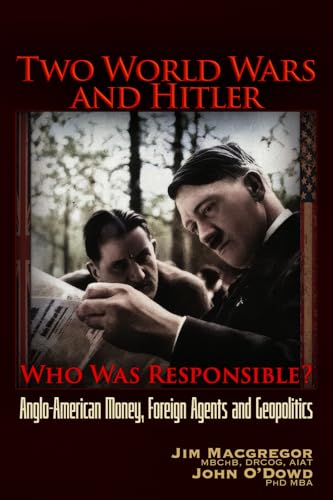
Capitalism in Chaos
by Máté Rigó
"How the Business Elites of Europe Prospered in the Era of the Great War"
Popularity
3.11 / 5
* A book's popularity is determined by how it compares to all other books on this website.
Where to buy?
Buy from Amazon* If you buy this book through the link above, we may receive a small commission at no extra cost to you.
Capitalism in Chaos by Máté Rigó
Details
War:
World War I
Perspective:
Researcher
Biography:
No
Region:
Europe
Published Date:
2022
ISBN13:
9781501764653
Description
Brief Summary
Capitalism in Chaos by Máté Rigó delves into the resilience and adaptability of industrial families in Western and East-Central Europe during the tumultuous period of the First World War and the consequent disintegration of the Austro-Hungarian and German empires. Rigó uses detailed case studies focusing on industrialists in Alsace-Lorraine and Transylvania to weave a narrative that speaks to the broader historical contexts of French, German, Austro-Hungarian, and Romanian histories from 1867 to 1928.
Main Themes and Topics
The book's central theme revolves around the concepts of survival and transformation amidst political upheaval. Rigó examines how industrial families managed to maintain and even grow their enterprises despite the geopolitical chaos that enveloped Europe during and after the Great War. By looking at specific regions like Alsace-Lorraine and Transylvania, the author provides insights into the intertwining of economic resilience and national identities. Another significant topic is the role of industrialists in shaping post-war economic and political landscapes, thereby contributing to the rebuilding efforts in their respective countries.
Writing Style and Tone
Rigó's writing is meticulously researched, blending academic rigor with a narrative that is accessible to both scholars and general readers interested in European history. The tone is analytical and informative, yet engaging, allowing readers to appreciate the complexities of historical events and their long-term impacts on industrial and economic structures. Rigó effectively uses a case study approach that combines detailed historical data with compelling personal stories to bring the era to life.









